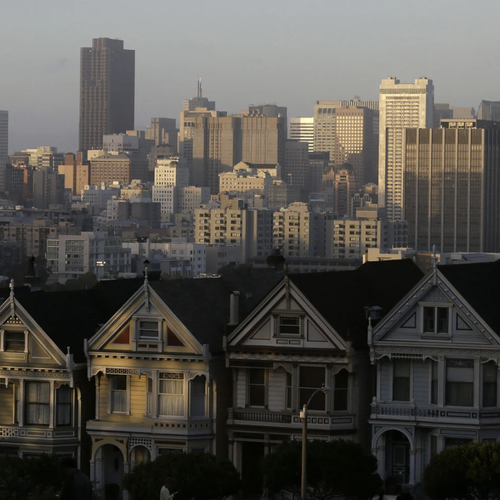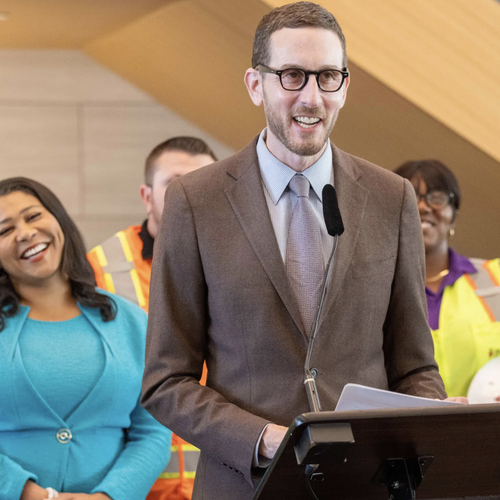
“Rezoning is not just a bureaucratic exercise,” Lurie told the editorial board. “It’s about making San Francisco an inclusive city with thriving neighborhoods where future generations can afford to live.”

The latest proposal — Lurie calls it “family zoning” rather than “upzoning” — focuses on “high resource” parts of the city that have typically resisted change and have seen few housing units added since the 1960s.

San Francisco planning officials have released a new draft zoning map that lays the battle lines for The City’s next round of housing fights.

The pro-development, yes-in-my-backyard folks are advocating for the Levi Strauss heir to urge home building ahead of an updated state-mandated rezoning plan for more than 82,000 homes by 2031

Housing activists say making the neighborhood a historic district will hamper the ability to build more housing there at a time when San Francisco needs to permit 82,000 homes over eight years. So far it’s approved only a fraction of that state mandate.
San Franciscans are tired of delays, inaction, and obstructionism — especially when that obstructionism helps create a food desert in the heart of our city. To bring both housing and essential retail services to the city, we need to get out of our own way.

The new rules are a major win for the city’s YIMBYs, who have complained for years about the bureaucratic barriers in getting projects through the arduous permitting process, which can include additional review by critics of a particular project, a mechanism known as discretionary review.

“This might be the first cycle that I really remember where we have a variety of races where we have multiple candidates that are giving good, strong YIMBY talking points about the need for more housing”

It’s time to stop giving credulity to people who reflexively say no to all new housing. The fact is they don’t want new housing in San Francisco. They want to throw up a giant “no vacancy” sign atop Telegraph Hill, and let everyone scramble for whatever houses remain.

San Francisco has a notoriously difficult permitting process exacerbated by NIMBYs (not in my backyard), and bans on apartments and triplexes prevents any homes from being added. Consequently, very little, if anything, gets built.
“For decades, San Francisco has flouted state laws regulating housing projects,” the pro-development advocacy organization San Francisco YIMBY said in a statement. “This report will obliterate local obstructionism in San Francisco...
“I’m glad YIMBYs were patient and stayed focused on the goal: Make dense housing easier and faster to build in places that need it,” Fryman said. “Activism is successful when you achieve enough system changes to make yourself irrelevant.
Once SB423 goes into effect in the spring, and San Francisco flunks its state assessment, getting new housing approved will be much more like getting your license renewed at the DMV...
New housing development on school district land could provide funding streams it could use to close its deficit, pay teachers competitively and create schools attractive enough that those with privilege decide to remain in a public education setting.

“A lot of these decisions are decisions you already made,” said Jane Natoli, a director at the pro-housing group YIMBY Action and an airport commissioner. “We are going to lose millions of dollars in affordable housing and transportation funds … We know [the state is] paying attention to what we do.
Using a loophole in a hard-fought state housing law, St. Francis Wood is hoping to stay exclusive and unchanged. A group of homeowners calling themselves the St. Francis Homes Association has filed for historic designation status with the National Register of Historic Places